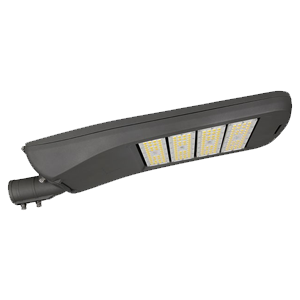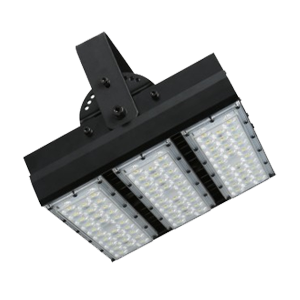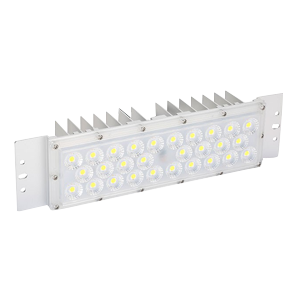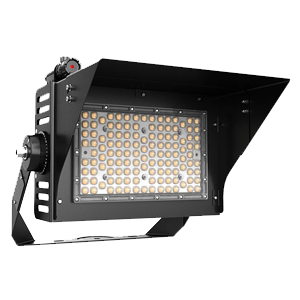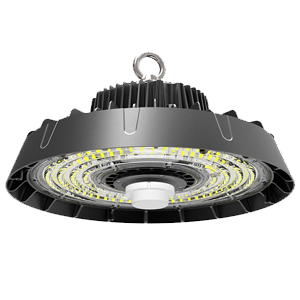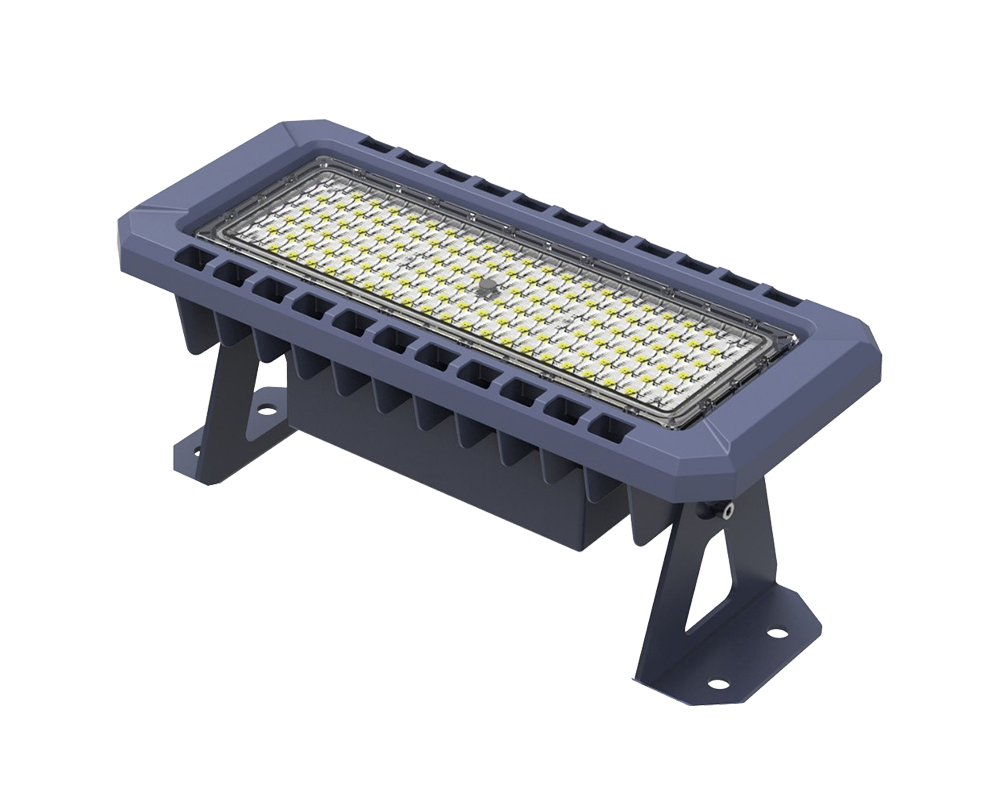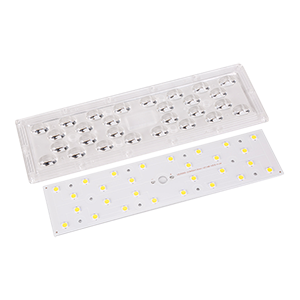What are the performance indicators of LED light sources?
2023-03-06
1. Color: mainly red, green, blue, cyan, yellow, white, amber.
2. Current: Depending on the power level, the commonly used LED current varies from 20mA-2A.
3. Voltage: Voltage is related to color, generally red, green, blue VF between 1.8-2.4V; White, blue, and green voltages are between 3.0-3.6.
4. Reverse voltage Vrm: Indicates the maximum reverse voltage allowed by the LED. Above this value, the LED may be damaged by breakdown. It should be noted that some leds are not allowed to reverse (such as OSRAM), the general Vrm between 3-5V.
5. Color temperature: expressed by absolute temperature K. eg. Summer noon sun 5500K, afternoon sun 4000.
6. Luminous intensity: measured by Candela cd. This quantity indicates the convergence ability of the luminous body emitted in space, and is a common description of the optical power and convergence ability. eg. The I of the LED with diameter 5 is about 5mcd.
7. Luminous flux: measured by lumen lm. This quantity describes the size of the total amount of light emitted by the light source and is equivalent to the optical power. The existing 1W LED luminous flux can be 80-130lm.
8. Illuminance: measured by lux. That is, the luminous flux evenly distributed on the surface of 1㎡.
9. Color rendering: expressed by CRI. eg.Luxeon Cold white is 70, neutral white is 75 and warm white is 85.
10. Half value Angle: The luminous intensity is 2 times the Angle from the center line when the peak is half. According to different applications, it can be divided into high directivity, standard type and scattering type. eg.XP-C half value Angle 110°.
11. Life: Maintain to 70% of the initial luminous flux time, and this time can reach 30.000-100.000 hours.


